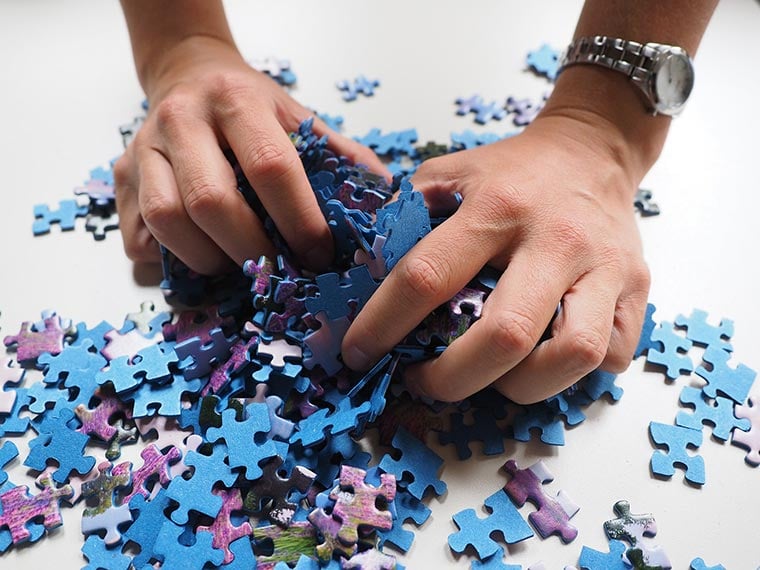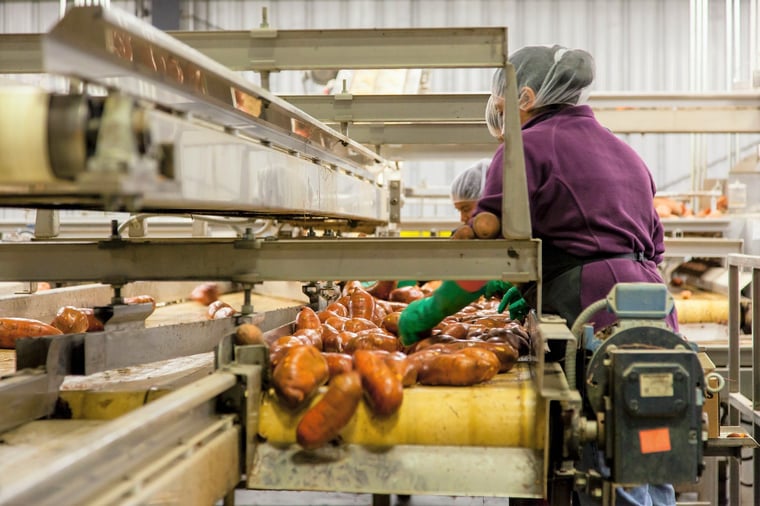
Fundamentals of innovation: parallel problem solving
February 2023
By Simon Copley, Senior Consultant - Mechanical at 42 Technology
In the world of engineering innovation, product design and manufacturing, it’s obvious that different problems require different solutions. What is less obvious is that some problems require different approaches to find the solution.

For example, solutions to well defined problems are often obvious. When your TV remote stops working, replace the batteries. This could be described as ‘trivial’ problem solving.
But when a problem could have multiple solutions, you face the choice of what can be described as ‘linear’ or ‘parallel’ problem solving. With the approach of linear problem solving, solutions are trialled in turn until one works. With a broken appliance like a vacuum cleaner in hand, this approach makes sense; try a number of approaches in turn: “is the dust compartment full?”, and if not, then “is the hose blocked?”, and so on, until you find and fix the fault. It’s such an appropriate approach to take because it works so well at this scale.

Different modes of problem solving
In the more complex world of product design and manufacturing, challenges (what’s wrong) and aspirations (what you want to achieve) are often less defined. Taking a linear problem solving approach may make you come unstuck. If you have an open-ended target, for example, improving throughput on a production line or if you are designing a brand-new product, linear problem solving might make you commit early to a solution which appears promising but that is ultimately a dead end. It’s easy to try lots of fixes for a vacuum cleaner at home, but it isn’t when working at a larger scale with limited time and budget!
Solving the challenge another way
The alternative approach is parallel problem solving. Here you force yourself to solve the challenge in multiple different ways. Once the problem is defined, think up a possible solution. And then another. Followed by another. And so on, all different. It may help to outline a number of categories upfront and think up solutions that fit in each category. For example, how could we solve this mechanically? Electrically? In software?

By listing many solutions upfront, before you commit significant effort to the best one, you can assess each concept simultaneously until you build the confidence needed to select the actual winner. Incidentally, that assessment step relies on some objective analysis beyond a gut feel. So a level of light testing or prototyping is appropriate, but to be clear: the aim is to ration your efforts until you know you’re settled on the best solution.
Parallel problem solving in action
In product design, the most obvious time for parallel problem solving is early on, just ahead of the prototyping stage. If you give in to the temptation of linear problem solving, you’ll end up with a product based on the solution that jumped to mind first. But it might not be as good, or durable, or profitable as a subsequent parallel idea might have been. Early-stage parallel problem solving provides a chance to embrace and compare a range of designs, technologies, even underlying principles before committing to one.
A recent example from our work as engineering consultants comes from a project in the food manufacturing industry. Our client was struggling with needing more staff on their food production line that were available. A number of issues were apparent throughout the food and packaging lines, each requiring frequent staff intervention.

Of course, some possible solutions were apparent immediately to the client and us. Linear problem solving on a specific production step is very tempting (and who can resist the urge to roll up their sleeves and get stuck in?), but using the power of parallel problem solving, we came up with a richer variety of ideas.
For the challenge of 'How can we position the product as it enters the packaging?', better product positioning is an obvious solution. But better defining the location of the packaging was a second option and constructing the packaging for higher consistency was a third. Putting the first solution to one side to ask, 'what else can be done?' feels wrong but is worth it.
Ultimately, we devised a menu of options, and recommended a combination of the best. Crucially not all of these were the solutions that first jumped to mind.

When to use parallel problem solving - and when not to
- If your challenge is straightforward, such as optimising pre-existing parts, or working through well-defined engineering calculations, then linear problem solving is probably the best option.
- But if you have a challenge without an obvious best solution, then parallel problem solving is a powerful tool. Forcing yourself to answer the question “how else could I do this?” requires a deliberate mindset to work properly, but can give surprising results.

answers@42T.com | +44 (0)1480 302700 | LinkedIn: Simon
Simon is a highly practical mechanical engineer with a multidisciplinary technical background.
As a senior manufacturing consultant at 42T, Simon has extensive experience in helping manufacturers solve challenging technical problems, from optimising existing production lines, to developing new manufacturing methods, as well as bringing new products to market.
Share this article:
Related Articles

Manufacturing & Automation, Industrial
How to bring sensing in manufacturing out of the lab and onto the line

Manufacturing & Automation
Digitalisation in manufacturing - building on the foundations of good data

Manufacturing & Automation
Food & beverage industry - trends to be aware of in 2024

What will you ask us today?
We believe in asking the right questions to drive innovation; when we know the right questions, we generate the ideas to answer them.

